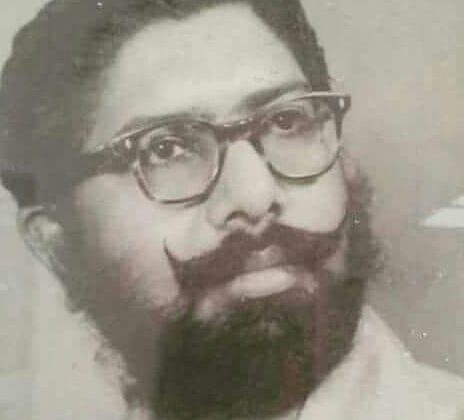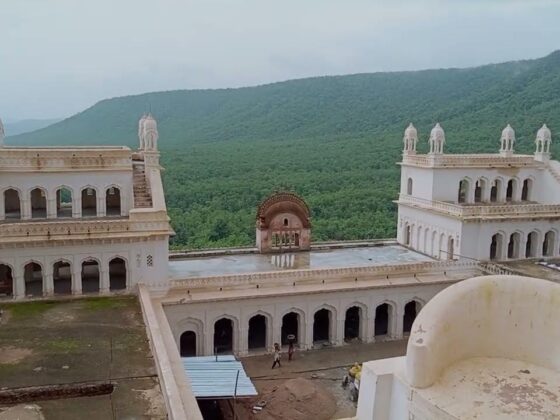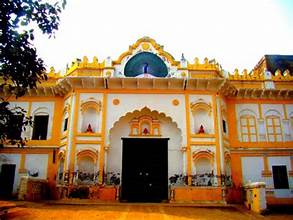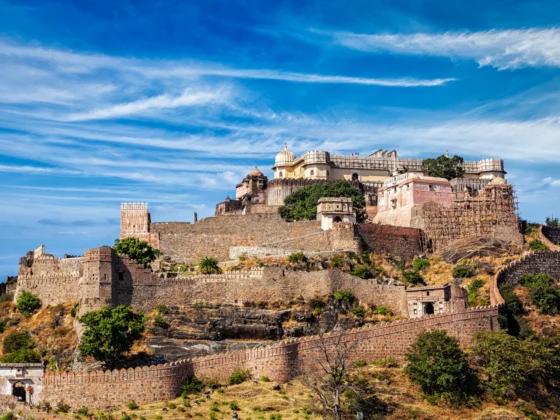The Yaduvanshi Jadaun Rajputs’ Royal Legacy of Karauli
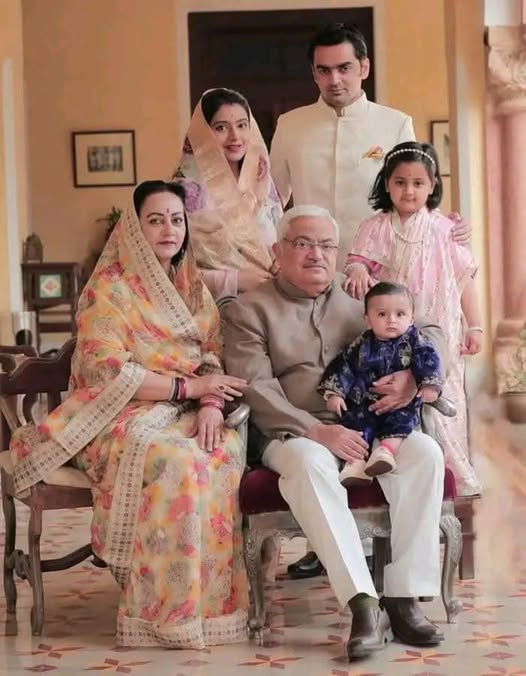
Introduction
The Yaduvanshi Jadaun Rajputs, a prominent Rajput clan, trace their lineage to Lord Krishna, the divine warrior of the Mahabharata. One of the most significant branches of this noble lineage ruled the kingdom of Karauli in Rajasthan. Not only did this royal family maintain its sovereignty for centuries, but it also contributed immensely to the cultural and historical landscape of India. Their valor, governance, and architectural contributions continue to be celebrated, making them one of Rajasthan’s most revered dynasties.
Origins and Historical Significance
The Jadaun Rajputs belong to the illustrious Yaduvanshi clan, which descends from the legendary Yadu dynasty of Lord Krishna. Over time, the Jadauns gained prominence in medieval India and established their rule in various parts of Rajasthan and Uttar Pradesh. Among their many strongholds, Karauli became the center of their power, flourishing as a princely state.
Establishment of Karauli Kingdom
The foundation of Karauli dates back to 1348 CE when Maharaja Arjun Dev, a Yaduvanshi Rajput ruler, formally established the kingdom. Since Karauli was strategically located in the rugged terrain of eastern Rajasthan, it became an ideal stronghold. Under successive rulers, the kingdom expanded, and its rulers became vassals of the Mughal Empire while maintaining internal autonomy. Later, they aligned with the British Raj, securing their princely status.
Notable Rulers of Karauli
Several rulers of Karauli have left an indelible mark on history. Some of the most notable among them include:
1. Maharaja Arjun Dev (Founder of Karauli – 1348 CE)
Maharaja Arjun Dev is credited with the formal establishment of the Karauli kingdom. He was a valiant warrior who consolidated the Yaduvanshi Rajput rule in the region.
2. Maharaja Gopal Singh (18th Century)
Maharaja Gopal Singh was a significant ruler during the 18th century who actively resisted external invasions and focused on fortifying the kingdom.
3. Maharaja Umed Singh (Late 19th and Early 20th Century)
Maharaja Umed Singh played a crucial role in the modernization of Karauli. Furthermore, he ensured that the princely state maintained its cultural and architectural heritage.
The Royal Palace and Architectural Grandeur
One of the most stunning remnants of Karauli’s royal past is the Karauli City Palace. This palace, built in the 14th century and expanded over time, showcases the grandeur of Rajput architecture. The structure features magnificent courtyards, frescoes, intricate jharokhas (balconies), and beautifully adorned temples within its premises.
Another significant landmark associated with the royal family is the Madan Mohan Ji Temple, dedicated to Lord Krishna. Since its construction by the Karauli rulers, this temple has remained a major pilgrimage site and reflects the deep spiritual inclinations of the Yaduvanshi Rajputs.
Military Prowess and Warfare
The Yaduvanshi Jadaun Rajputs of Karauli were known for their exceptional military strategies and valor in battles. For instance, they played a pivotal role in several conflicts, including defending their territory from invaders like the Delhi Sultanate and Mughals. Despite the changing political landscape of India, the royal family upheld its warrior traditions.
Cultural and Religious Contributions
The Karauli royal family was deeply involved in promoting Hindu culture and religious traditions. Consequently, they patronized temples, encouraged arts, and upheld the dharma (duty) associated with Kshatriya rulers. The Madan Mohan Ji Temple is a testament to their devotion and continues to attract thousands of devotees every year.
Alliance with the British Raj
Like many other Rajput states, Karauli entered into a treaty with the British during colonial rule. As a result, the kingdom retained its autonomy as a princely state under British suzerainty. This alliance allowed the rulers to continue their governance while preserving their cultural heritage.
Post-Independence and Legacy
After India gained independence in 1947, Karauli, like other princely states, was merged into the Union of India. Eventually, the last ruling Maharaja of Karauli, Maharaja Ganesh Pal Deo, signed the Instrument of Accession, integrating Karauli into Rajasthan.
Even today, the royal family of Karauli is respected for its legacy, and its descendants continue to contribute to social and cultural initiatives in the region. In addition, the city remains an important historical site, drawing visitors to its palaces, temples, and forts.
Tourist Attractions Linked to Karauli’s Royal Family
- Karauli City Palace – A magnificent Rajput-era palace with stunning frescoes and artwork.
- Madan Mohan Ji Temple – A revered Krishna temple built by the Karauli rulers.
- Timangarh Fort – An ancient fortress associated with the kingdom’s military strength.
- Kailadevi Temple – A spiritual and architectural wonder revered by pilgrims.
Conclusion
The Yaduvanshi Jadaun Rajputs of Karauli have played an integral role in shaping the history of Rajasthan. Their kingdom, legacy, and contributions to warfare, architecture, and culture continue to be celebrated. Today, Karauli stands as a symbol of Rajputana valor, spirituality, and regal grandeur, attracting history enthusiasts and pilgrims alike.
If you are keen on exploring Rajasthan’s royal heritage, a visit to Karauli will transport you to a world of ancient Rajput chivalry and splendor.



